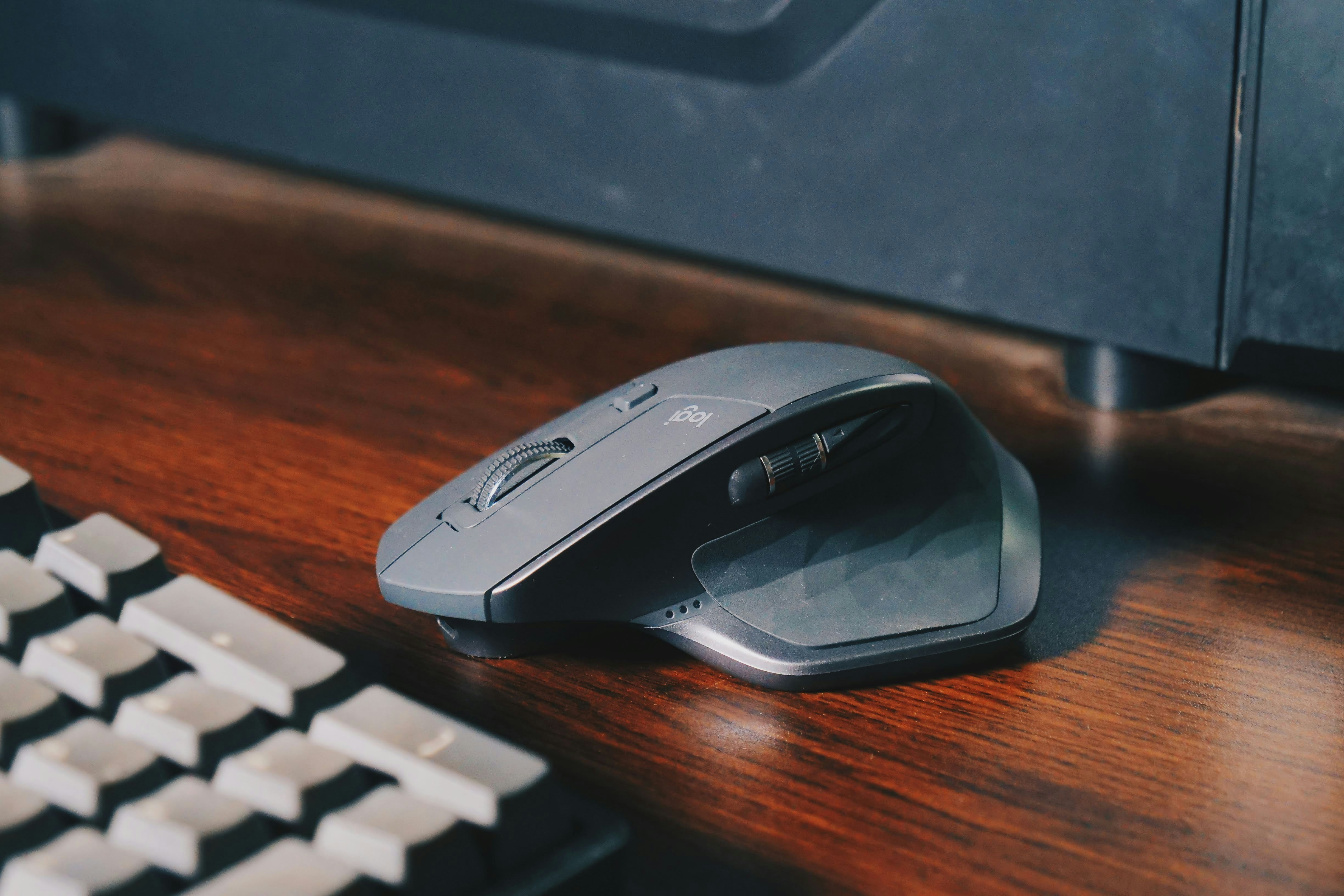Mouse Jiggler Detection: How It Works and Why It Matters

In today’s remote work environment, mouse jiggler detection and productivity tracking tools have become increasingly popular. Among them, mouse jigglers—devices or software that simulate mouse movement to prevent a computer from going idle—are gaining attention. However, as productivity tracking evolves, so do methods for detecting these tools. In this article, we’ll explore what mouse jigglers are, how they work, why they’re used, and how detection mechanisms are being developed to maintain workplace integrity.
What Is a Mouse Jiggler?
A mouse jiggler is a device or software application designed to simulate mouse movements, preventing a computer from going into sleep mode or showing inactivity. These tools are typically used to:
- Keep the computer active during long downloads or updates.
- Appear “active” on productivity tracking tools.
- Maintain online status on communication platforms like Slack or Microsoft Teams.
There are two main types of mouse jigglers:
- Physical Devices: Small USB gadgets that mimic mouse movement. They work by generating subtle cursor movements to simulate activity.
- Software Solutions: Programs that run in the background and periodically move the cursor or send signals of mouse activity.
Why Are Mouse Jigglers Used?
Mouse jigglers are often used by remote employees or freelancers who want to prevent their productivity tracking software from marking them as idle. Many time-tracking systems log inactive periods when no mouse or keyboard activity is detected, which can affect productivity reports and pay calculations. As a workaround, some users employ mouse jigglers to simulate continuous activity.
How Do Mouse Jiggler Detection Systems Work?
With the growing use of mouse jigglers, organizations are looking for ways to maintain the accuracy of productivity tracking. Here’s how mouse jiggler detection works:
- Unusual Cursor PatternsDetection systems analyze mouse movement patterns to identify unnatural or repetitive motions. Human mouse movement tends to be irregular, with variations in speed and direction. In contrast, jigglers often produce consistent or predictable patterns.
- Activity Correlation ChecksAdvanced tracking software correlates mouse activity with other computer actions, such as keyboard inputs or application usage. If the cursor moves continuously without any corresponding keyboard activity or application changes, it may indicate the use of a jiggler.
- Device IdentificationSome tracking systems can identify connected hardware, such as USB devices. If a non-standard input device (like a mouse jiggler) is detected, the system can flag this for further investigation.
- Idle Time AnalysisSophisticated tracking tools analyze idle time patterns. If a user never goes idle over long periods, it could signal the use of a jiggler. Regular breaks or short idle periods are more consistent with human behavior.
Ethical Considerations and Privacy
While detecting mouse jigglers helps maintain productivity accuracy, it raises ethical and privacy concerns. Employers must ensure transparency about monitoring policies and obtain employee consent. Balancing productivity tracking with employee trust and privacy is crucial for maintaining a positive work environment.
Can Mouse Jiggler Detection Be Bypassed?
As detection systems become more advanced, some users seek ways to bypass them. This has led to more sophisticated jigglers that:
- Mimic human-like movement patterns
- Randomize cursor speeds and directions
- Sync with keyboard activity to appear more natural
However, productivity tracking tools continue to evolve, making it increasingly difficult to bypass detection systems.
Monitask and Mouse Jiggler Detection
Monitask, a leading productivity tracking tool, is designed to provide accurate insights into employee activity. It employs advanced detection mechanisms to distinguish between genuine user activity and artificial mouse movements. By identifying suspicious patterns and ensuring accurate productivity reports, Monitask helps businesses maintain workplace integrity while respecting employee privacy.
Final Thoughts
Mouse jigglers are becoming more popular as remote work continues to rise. However, the need for accurate productivity tracking has led to the development of sophisticated mouse jiggler detection systems. As technology advances, the battle between jigglers and detection tools will continue. To maintain trust and transparency, employers should communicate their monitoring policies clearly and use productivity tools responsibly.
Frequently Asked Questions (FAQ)
Can mouse jigglers harm your computer?No, mouse jigglers typically do not harm computers, as they only simulate input without modifying system files. However, users should be cautious about installing unverified software versions, which may pose security risks.
Is it ethical to use a mouse jiggler at work?Using a mouse jiggler to bypass productivity tracking may violate company policies. It’s always best to discuss work expectations and productivity tracking methods with your employer.
How effective is mouse jiggler detection?Detection systems are becoming increasingly effective by analyzing mouse movement patterns, correlating activity, and identifying unusual input devices. However, more advanced jigglers continue to challenge detection methods.
Does Monitask detect mouse jigglers?Yes, Monitask uses sophisticated tracking technology to identify suspicious activity patterns, ensuring accurate productivity reports while maintaining user privacy.
(Disclaimer: Devdiscourse's journalists were not involved in the production of this article. The facts and opinions appearing in the article do not reflect the views of Devdiscourse and Devdiscourse does not claim any responsibility for the same.)










